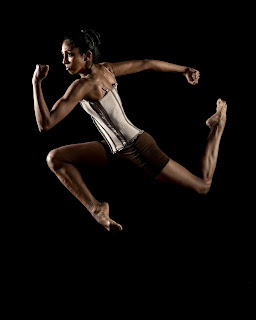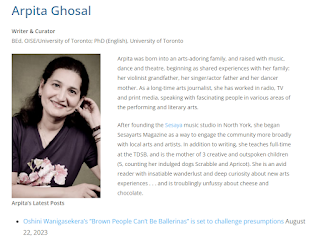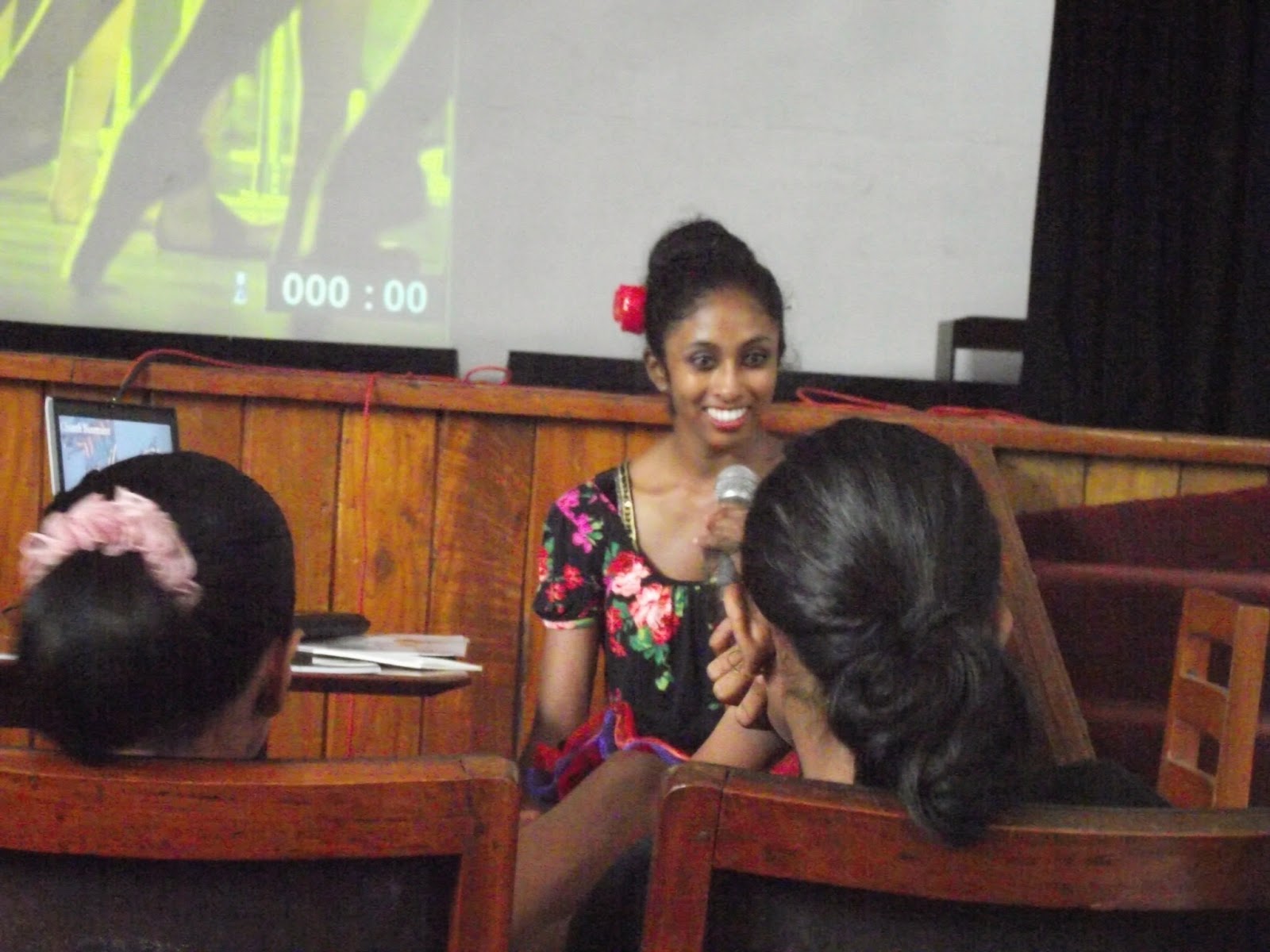It was a pleasure doing an interview with Arpita Ghosal. As an artist, you can deeply feel when someone connects to your work and understands your struggles. Thank for your beautiful article!
Arpita Ghosal
Arpita was born into an arts-adoring family, and raised with music, dance and theatre, beginning as shared experiences with her family: her violinist grandfather, her singer/actor father and her dancer mother. As a long-time arts journalist, she has worked in radio, TV and print media, speaking with fascinating people in various areas of the performing and literary arts.
After founding the Sesaya music studio in North York, she began Sesayarts Magazine as a way to engage the community more broadly with local arts and artists. In addition to writing, she teaches full-time at the TDSB, and is the mother of 3 creative and outspoken children (5, counting her indulged dogs Scrabble and Apricot). She is an avid reader with insatiable wanderlust and deep curiosity about new arts experiences . . . and is troublingly unfussy about cheese and chocolate.
After founding the Sesaya music studio in North York, she began Sesayarts Magazine as a way to engage the community more broadly with local arts and artists. In addition to writing, she teaches full-time at the TDSB, and is the mother of 3 creative and outspoken children (5, counting her indulged dogs Scrabble and Apricot). She is an avid reader with insatiable wanderlust and deep curiosity about new arts experiences . . . and is troublingly unfussy about cheese and chocolate.





































